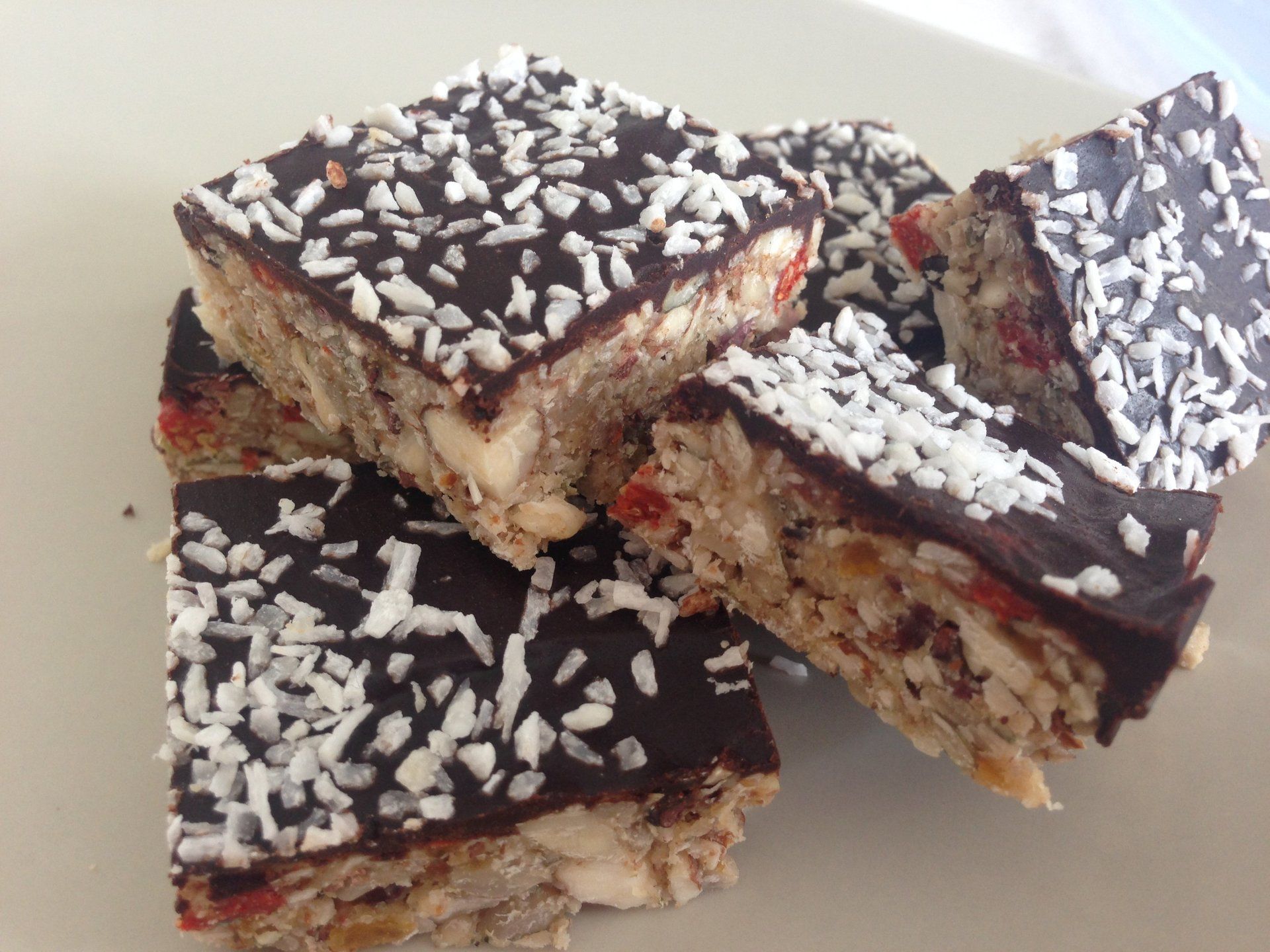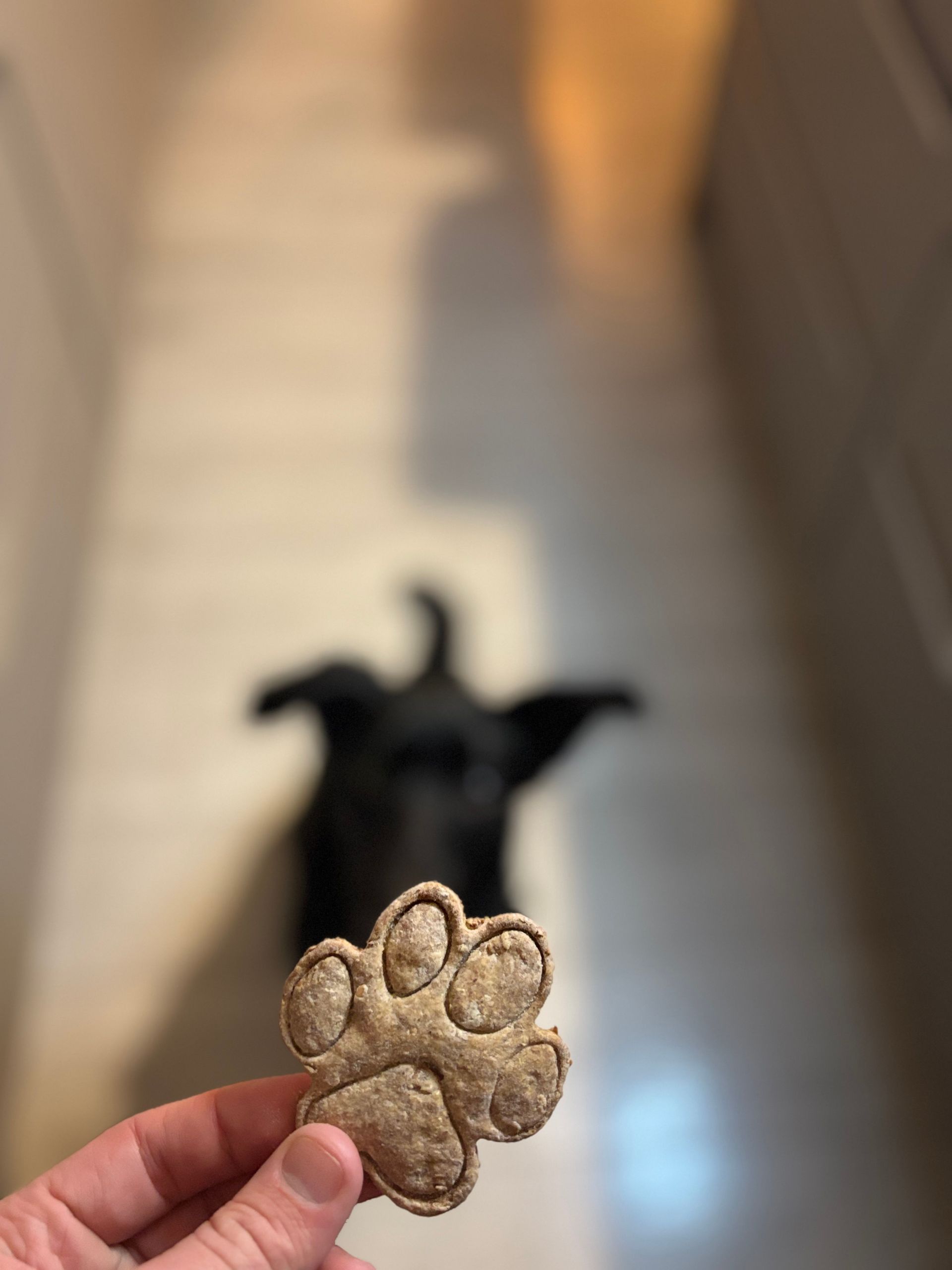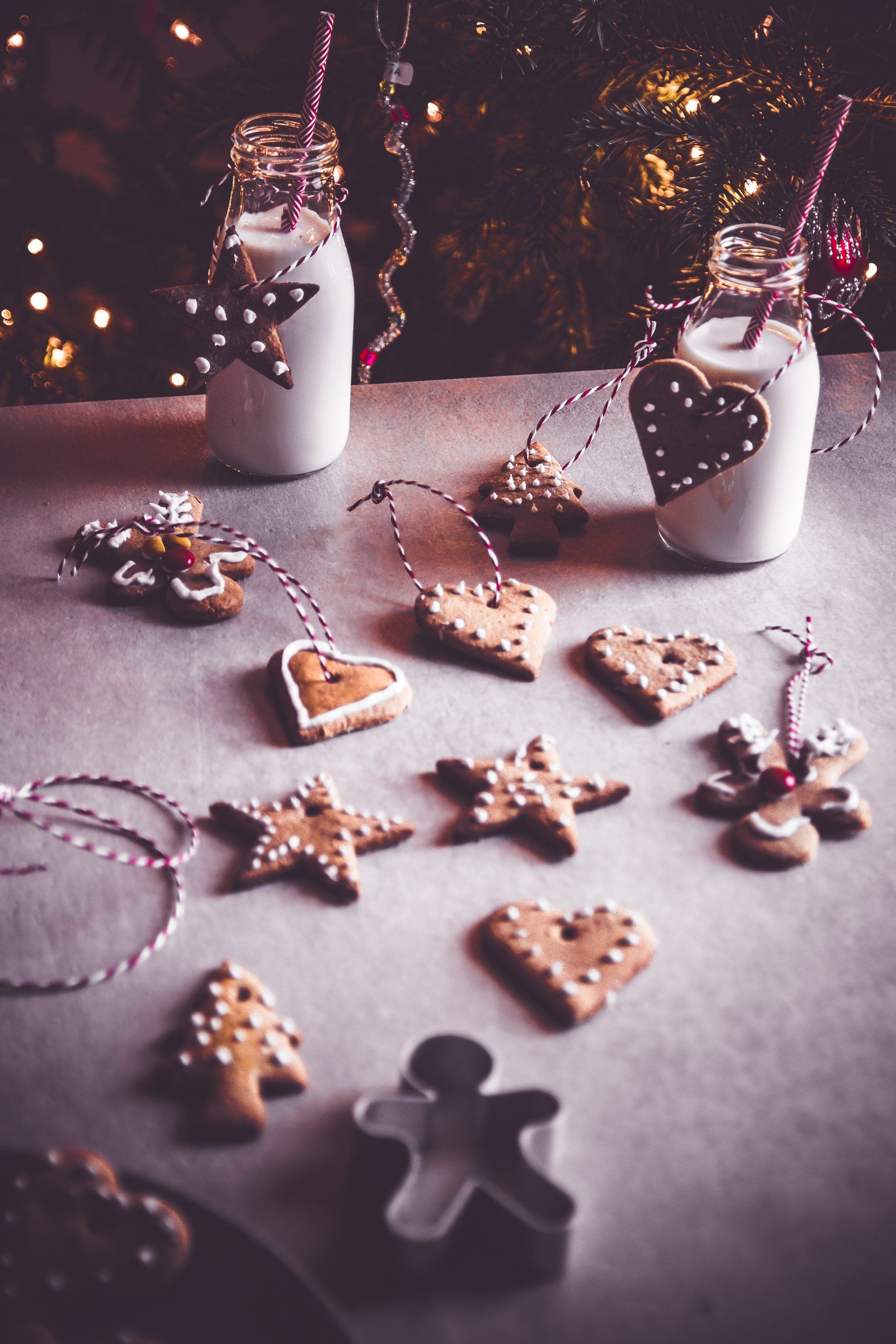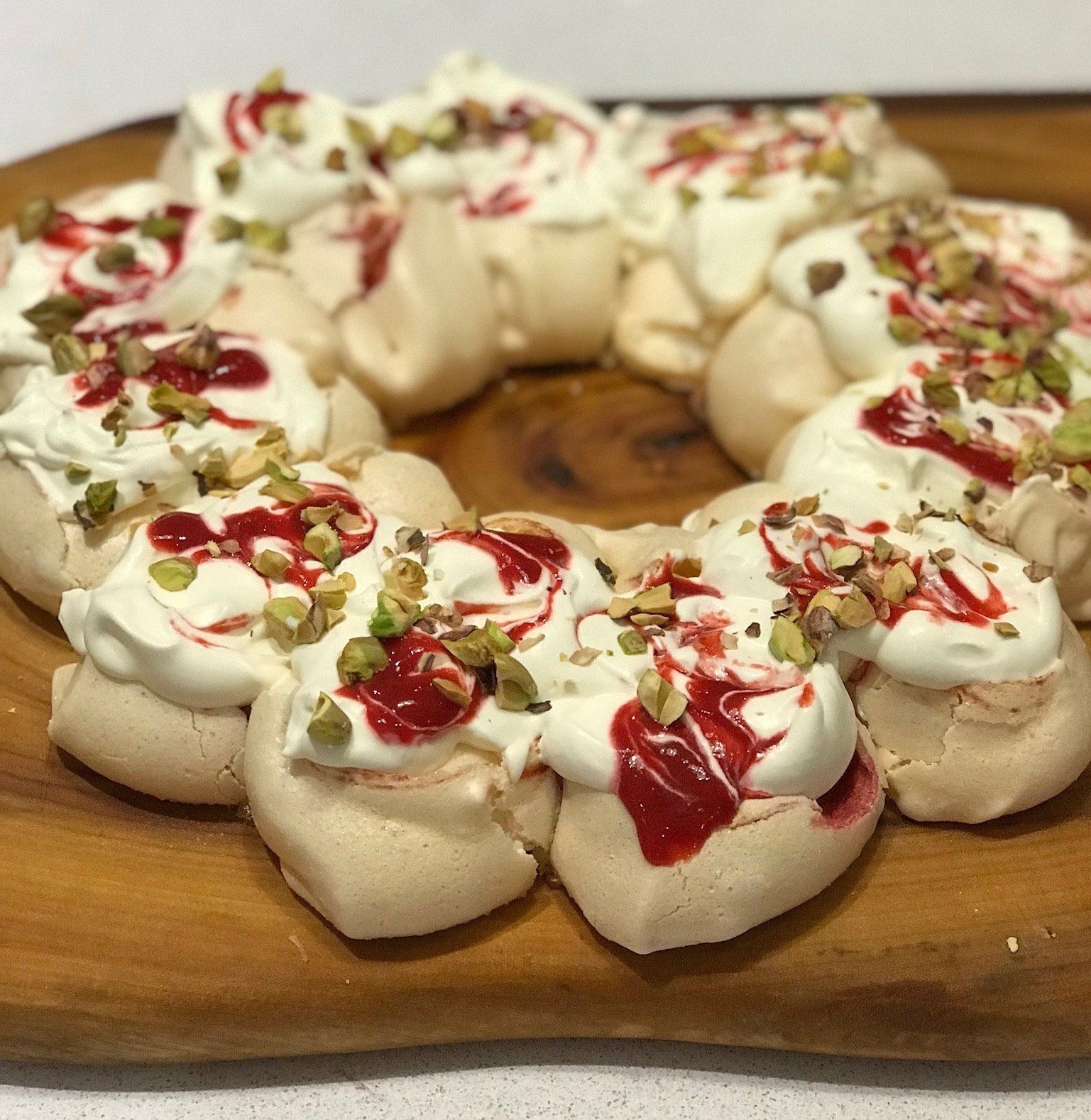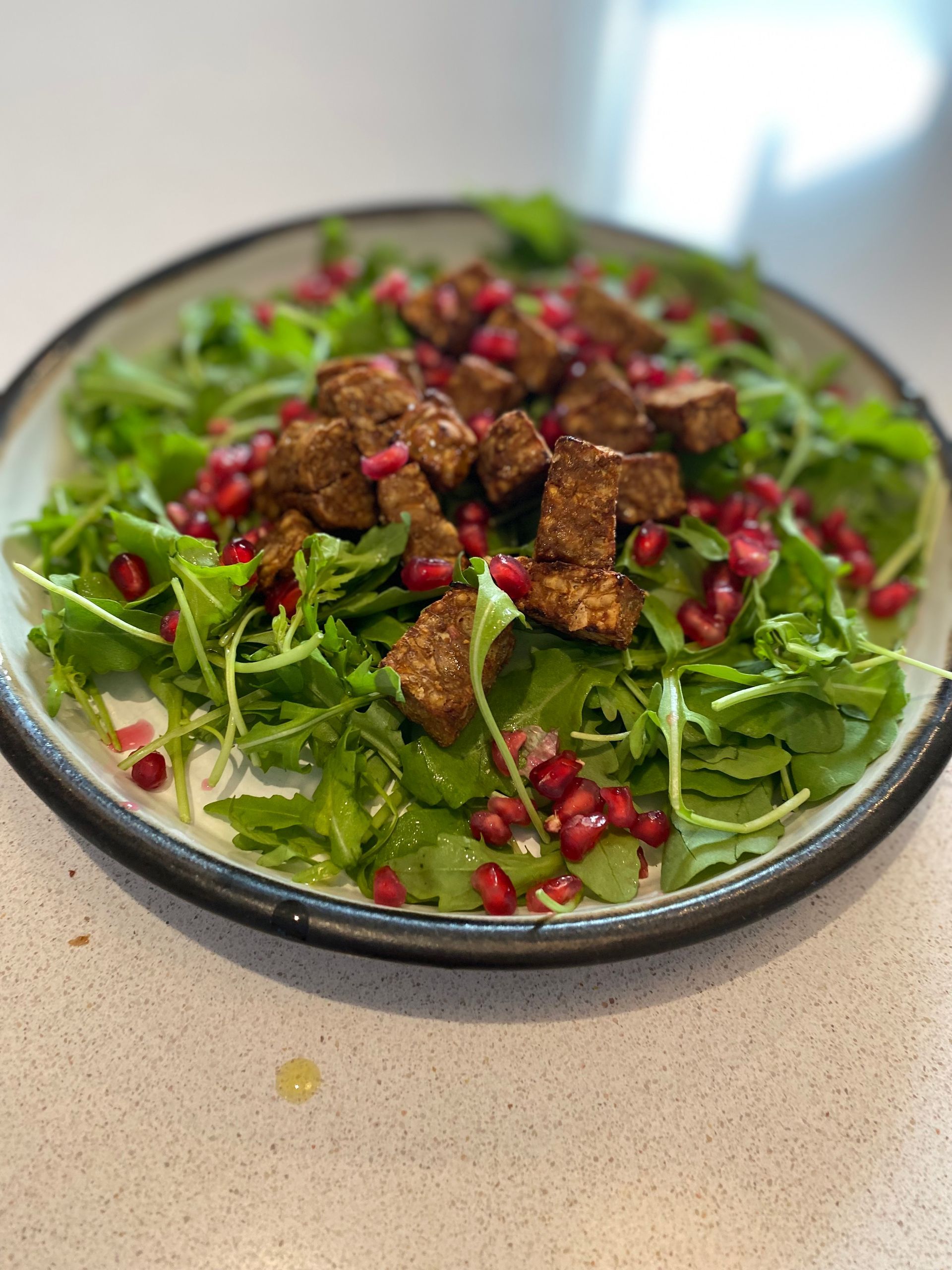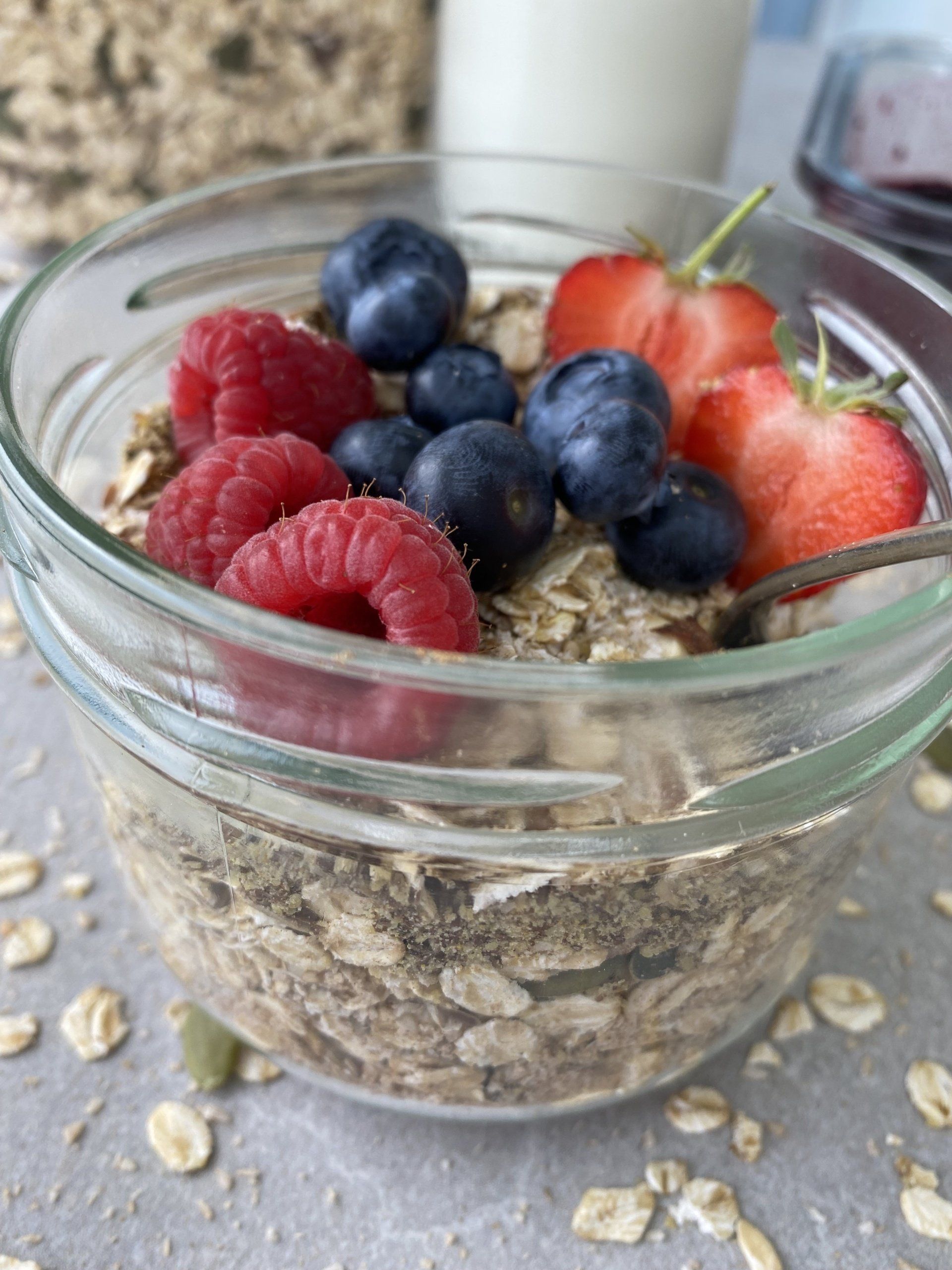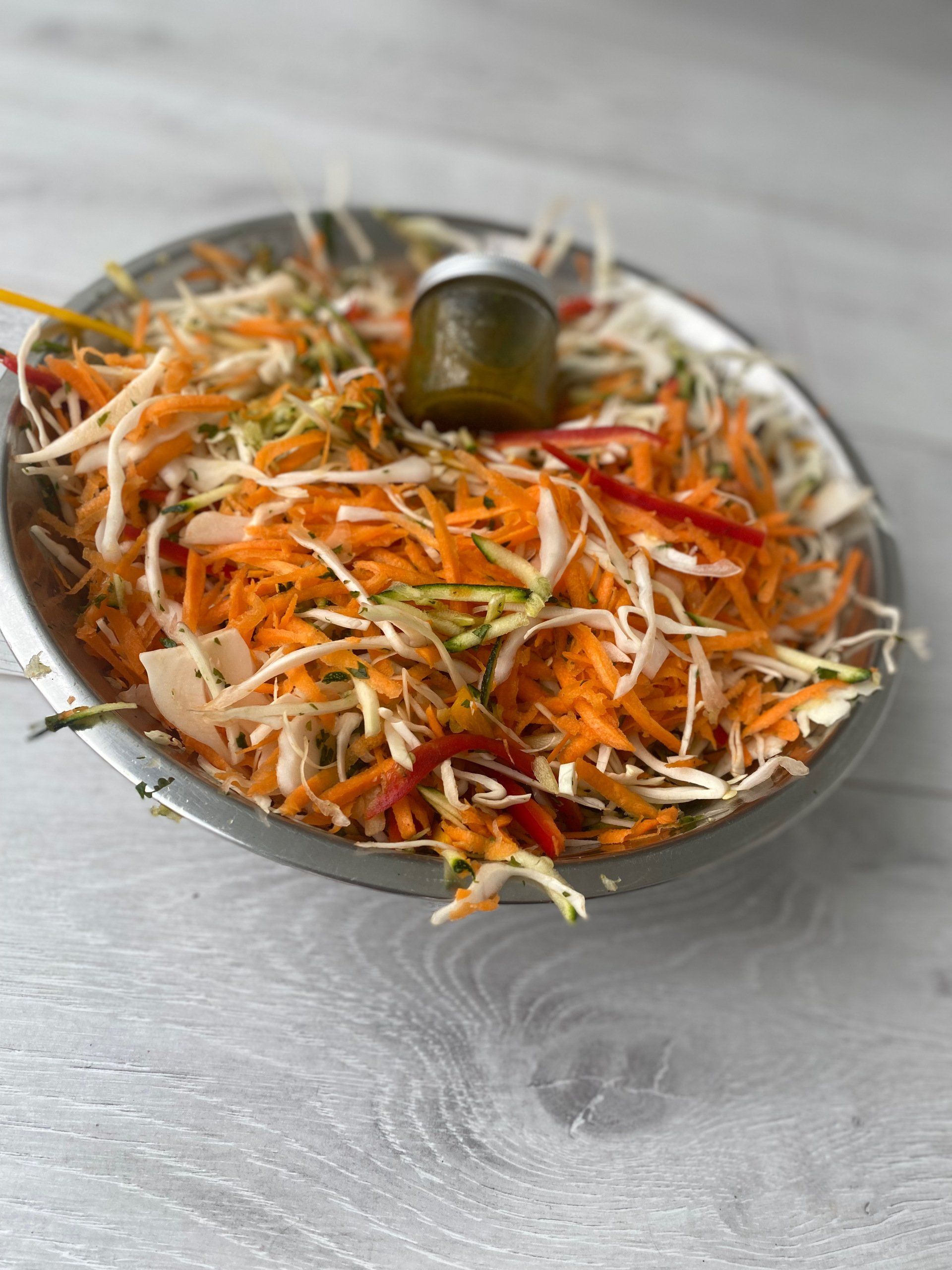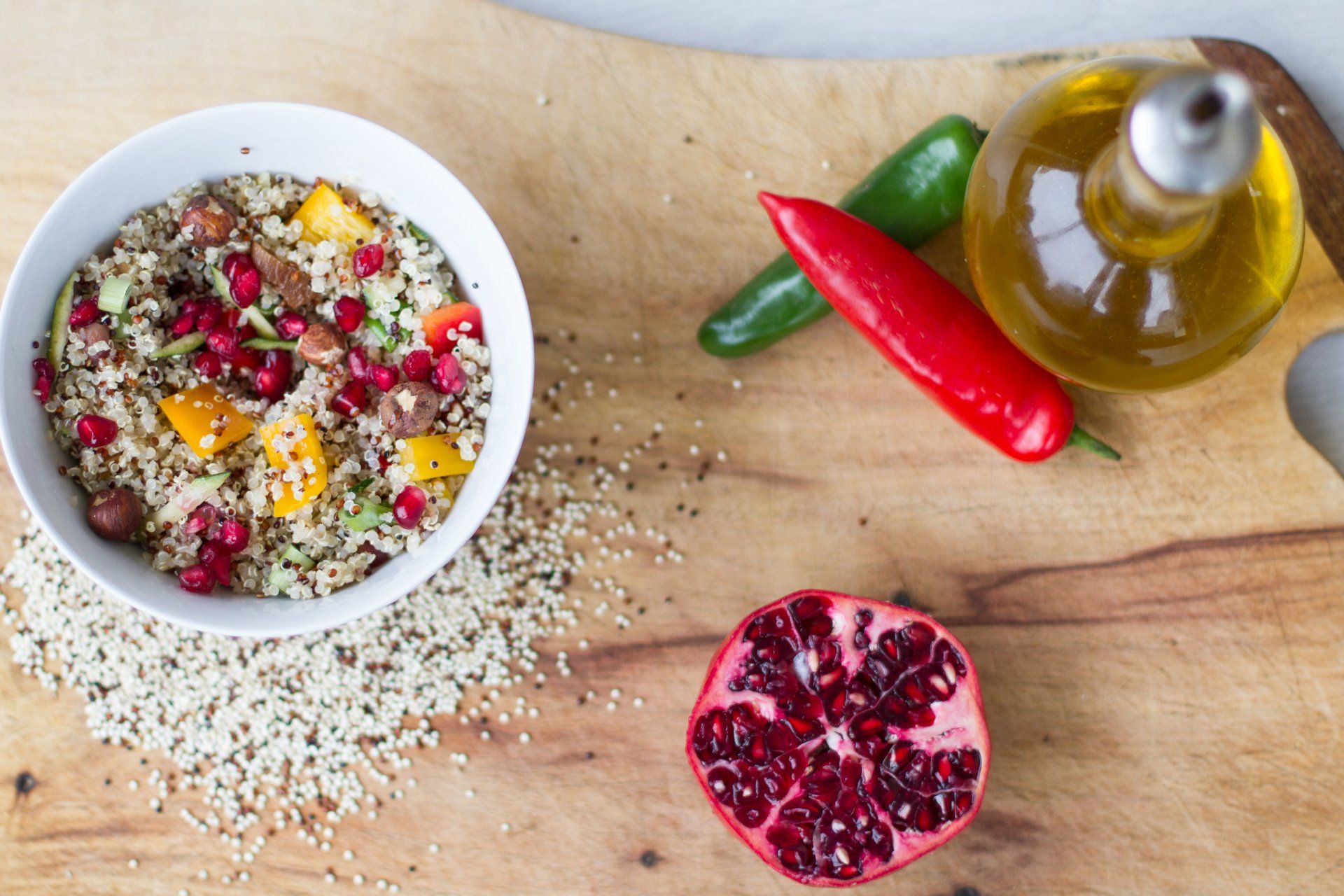The Story of Chocolate
Does chocolate grow on trees?
Chocolate does grow on trees!
As a child and young adult I used to like milk chocolate. Now, as I am more aware of what I am eating I prefer dark chocolate, I find milk chocolate too sweet and as for white chocolate - I don't think it should be called chocolate!
At Easter time we are surrounded by chocolate, but do you know where it comes from? How it is made? Until recently I didn't! If you want to make your own chocolate or perhaps some mini solid Easter eggs, here is my recipe.
If you have been to one of my many cookery classes
then you will have tried my raw power bars, these are delicious nutrient dense snacks containing cacao nibs (100% cocoa solids) and topped with chocolate I make myself from cacao butter, cacao powder and raw Irish honey. Only three ingredients needed to make chocolate yet if you look at the number of ingredients on the back of an Easter egg, or bar of chocolate you will probably find at least 10 ingredients, and how many do you even recognise?
Now with my menopause cooking course
the chocolate seed bars, loaded with nutrients are the most popular!
The Back Story
Most of the world's cocoa is grown in a narrow belt, 10 degrees either side of the Equator because cocoa trees grow well in humid tropical climates with regular rain and a short dry season.
Cocoa beans grow in pods, directly from the trunk of the cocoa tree. Each tree produces between 20 and thirty pods a year, each pod contains between 20 and 50 cocoa beans, a year's harvest from one tree will make approx. 500g chocolate.
Once the pods are harvested, the beans are then fermented, a process that can take anywhere from 2-10 days and then dried. They are then ready to be processed.
- Cacao
(processed at a lower temperature) is high in antioxidants, better nutritional content V's
- Cocoa
(more processed and at a higher temp) highly processed and few nutrients remain.
We are now used to seeing % cocoa solids on chocolate, the more pure the chocolate the higher the percentage but the more bitter the end product. Cocoa solids (cocoa bean) can be processed into the following materials.
- Cacao butter - white fat substance that is firm at room temperature.
- Cacao/cocoa powder - Brown powder that is used in drinks and baking.
- Cacao nibs - 100% cocoa solids, ie the cocoa bean chopped up.
- Cacao - 100% ready to make into the nutritious cacao drink.
Enjoy World Chocolate Day
Fiona

